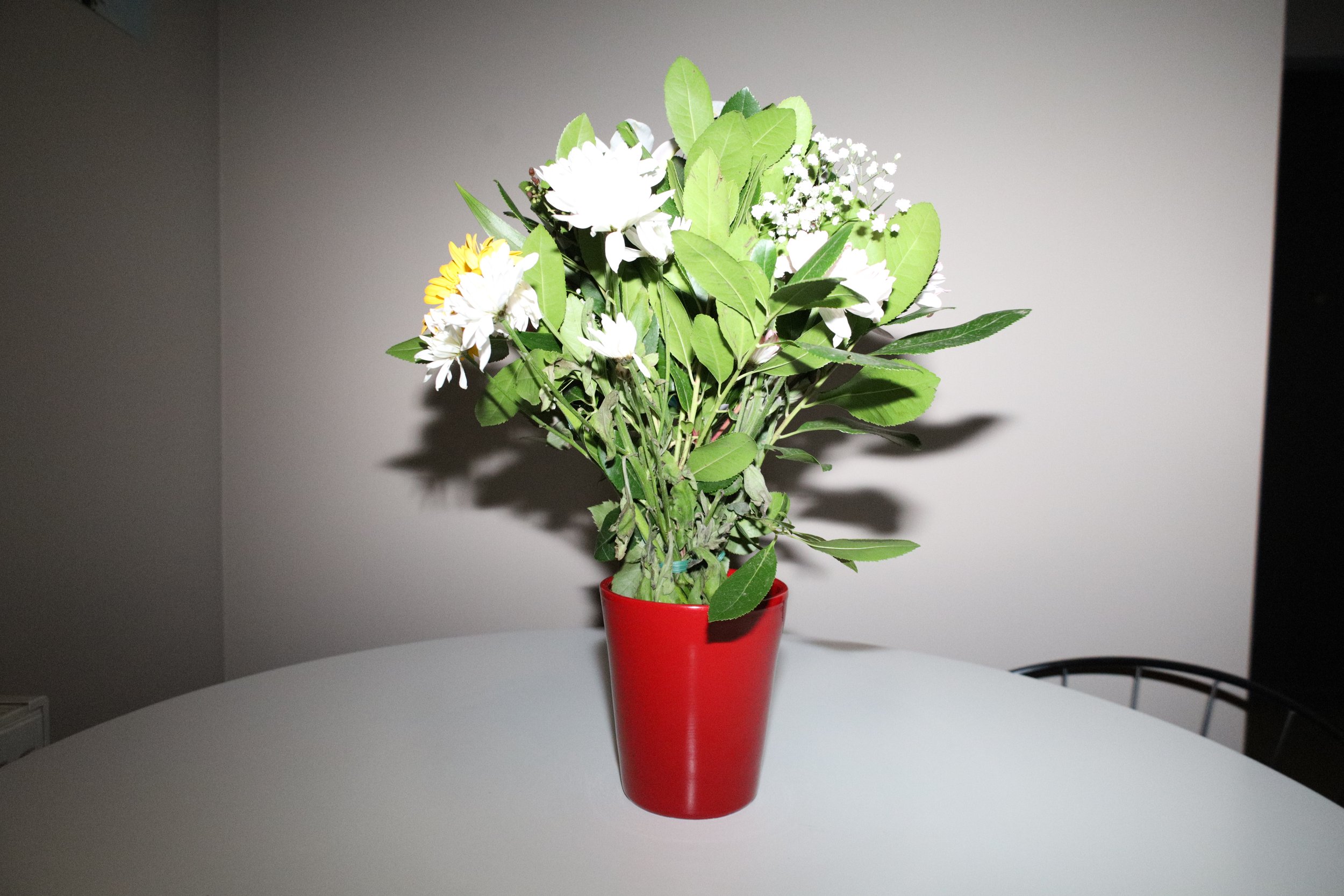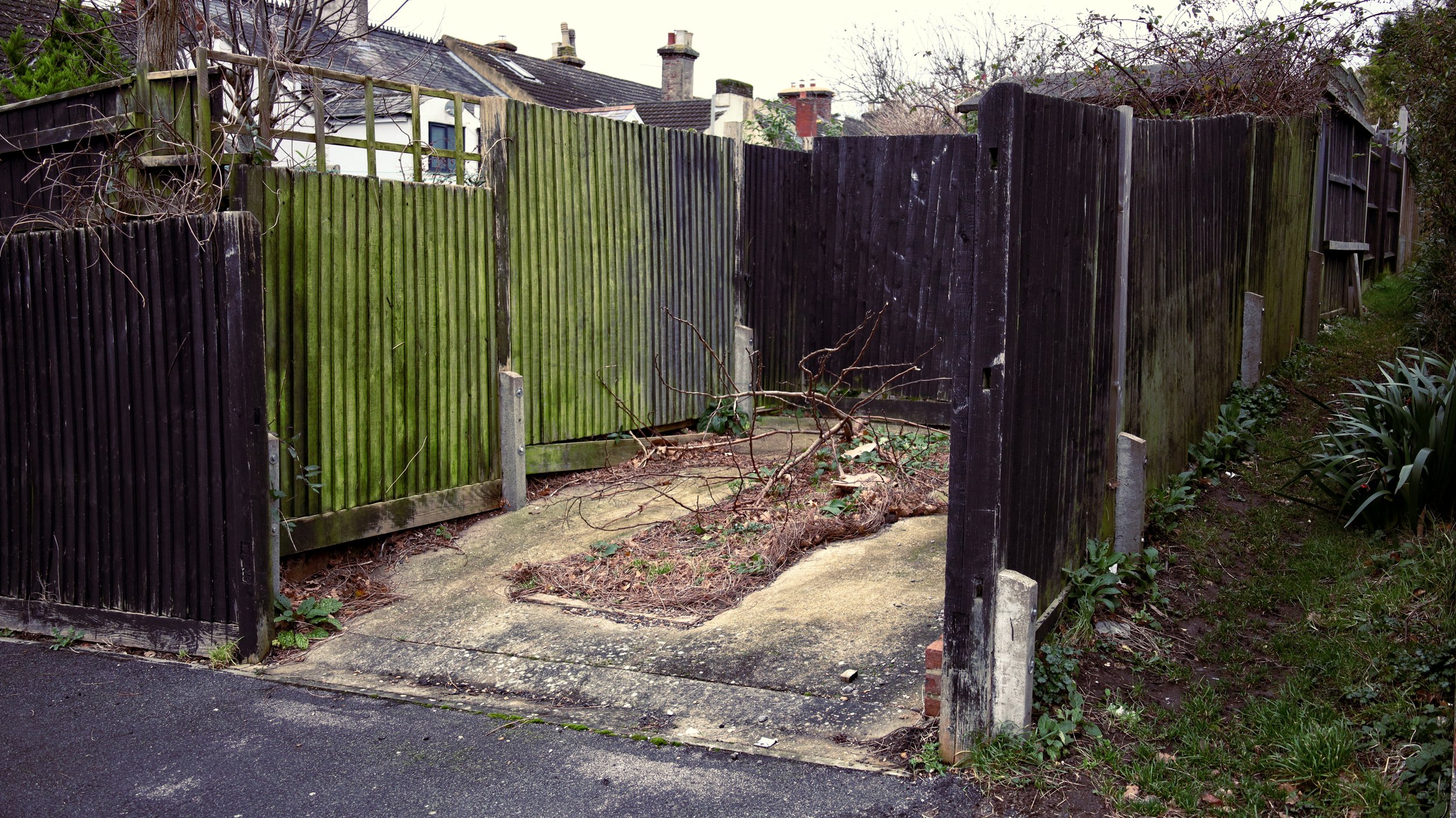Has writing become a pastime of the rich once more? I earn okay, but I’m still feeling the cost of living crisis (especially here in Greece, where electricity and food prices are some of the highest in Europe) to the extent where I simply can’t write every day anymore. Where once I would turn down paying work to write my own fiction/non-fiction, my personal writing is now the first thing I jettison if it means I can score a few extra pennies for the bruised-but-not-yet-out bank account. Yesterday I read that Kate Nash has set up an OnlyFans account to earn money from risqué pics just so she can cover the costs of going on tour. Sure, I’m not going to do that (yet), but it kind of shows how low art’s standing is in the grand scheme of things. I need to eat and pay rent, and, as much as I wish otherwise, I won’t be doing that by spending a couple of hours writing about a man wilfully turning himself, piece by guresome piece, into a car in a vacant multi-storey.
So where does this leave me? No updates on this website for more than four months. An essay in Quillkeepers Press accepted and then cancelled because the press ran out of money. Barely two novels written in two years, neither of which are past the first draft stage. No other short works submitted because many publications are now charging upwards of $15 or $20 PER SUBMISSION just to keep the lights on (I think). When I started all this in 2015, it was by no means an easy landscape to navigate, but now it’s just relentlessly depressing. I’ve now finally reached the stage where I write only as a form of therapy for myself, rather than out of any sincerely-held belief that I might be published in a meaningful way. Yes, my current publisher would probably put out any of the novels I have stored on my hard drive (Meking Lights, The Distance, the one I wrote last year if I put my nose to the grindstone), but my question is: What’s the point? Fighting for scraps and having to spend thousands on promotion just to secure said scraps isn’t fun.
No, when it comes down to deciding between not paying bills and maybe, maybe getting a week in the sun with the latest publication, it’s time to give up those lofty goals of changing people’s lives through writing. The outcomes of the process are now for me and me alone. I still have endless ideas and energy and inspiration, but I need to eat and pay bills, and this has to come first.
Still, I’ll start posting here more regularly again. And if I find any (close to) freebie submissions, I have many, many essays ready to fire out the word cannon and into the inboxes of publications that’ll fold six months from now due to lack of funding.
One small piece of publication news: Some project that I contributed to a billion years ago has now finally been published. Titled 42 Stories Anthology Presents: Book of 42², my story is called ‘Caution: Maintain Your Biodome Regularly’, possibly in an homage to Philip K. Dick, and it is a grand total of 42 words in length.
Also: Finally finished the ghostwriting/translation project commissioned by a well-known composer. Proud moment pour le petit vieux. If it ever gets a wider release, you can be sure I’ll be slapping it up here faster than the rainwater flows down Athens’ ancient, drainless streets.
Throw all your musics into a bowl and swirl them around:



